A lack of vitamin D has been linked to everything from infertility to premature bone aging.
If those long-term health concerns don’t prompt you to look for ways to boost your vitamin D intake, consider the recent NPR report citing research based on 25 medical studies that found vitamin D intake may help prevent colds and flu. So, yes, a healthy dose of vitamin D can help you in the short term, too.
But just how do you make sure you have adequate vitamin D intake? That’s 600 IU (international units) per day for most adults, according to the National Academy of Medicine. Those over 70 years old are advised to get 800 IU per day.
Sure you can take multivitamins to help meet reach that threshold. Most of them have about 400 IU of vitamin D, reports NPR.
But there are plenty of natural ways to easily boost your vitamin D intake as well. Consider these 11 suggestions from experts:
1. Eat fatty fish
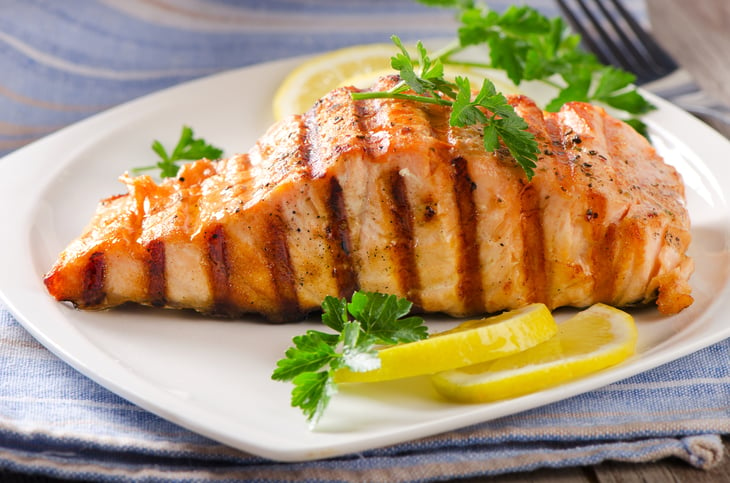
Fish are naturally rich in vitamin D. Here’s how some of them measure up, according to a report by the National Institutes of Health:
- Cod liver oil, 1 tablespoon: 1,360 IU
- Cooked swordfish, 3 ounces: 566 IU
- Cooked sockeye salmon, 3 ounces: 447 IU
- Canned tuna in water, drained, 3 ounces: 154 IU
- Two sardines, canned in oil, drained: 46 IU
2. Choose foods fortified with vitamin D

The NIH reports the following IU tallies for specific foods (check labels to verify amounts in individual brands):
- Orange juice, 1 cup: 137 IU
- Nonfat, reduced fat or whole milk, 1 cup: 115-124 IU
- Yogurt, 6 ounces: 80 IU
- Margarine, 1 tablespoon: 60 IU
- Ready-to-eat cereal, ¾ to 1 cup: 40 IU
3. Cook up beef liver
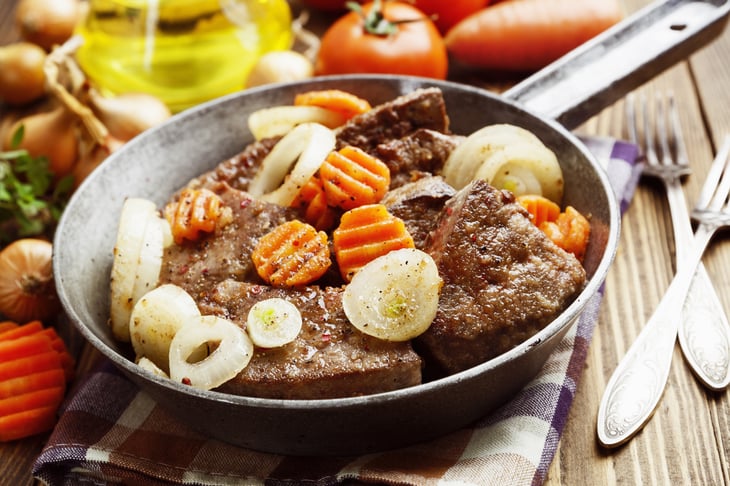
This is not everyone’s cup of tea, but the NIH reports 3 ounces of cooked beef liver delivers a luscious 42 IU of vitamin D.
4. Enjoy a slice of Swiss cheese
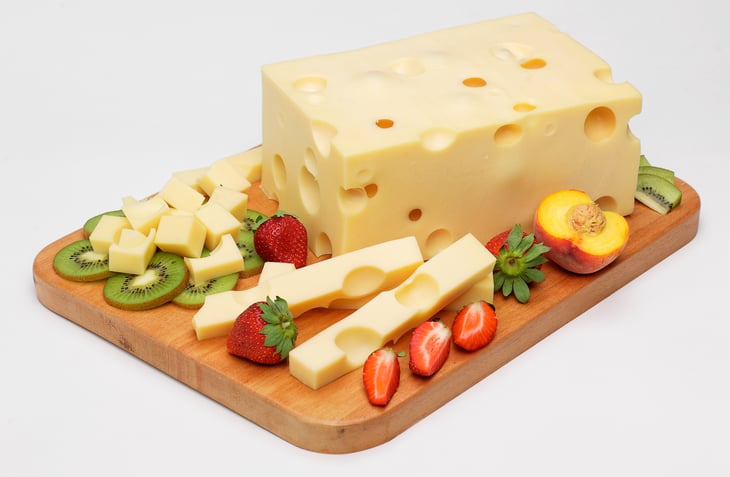
The NIH reports that 1 ounce of this cheesy goodness contains 6 IU.
5. Eat your eggs

One large egg yolk has 41 IU, reports the NIH.
6. Toss in some mushrooms
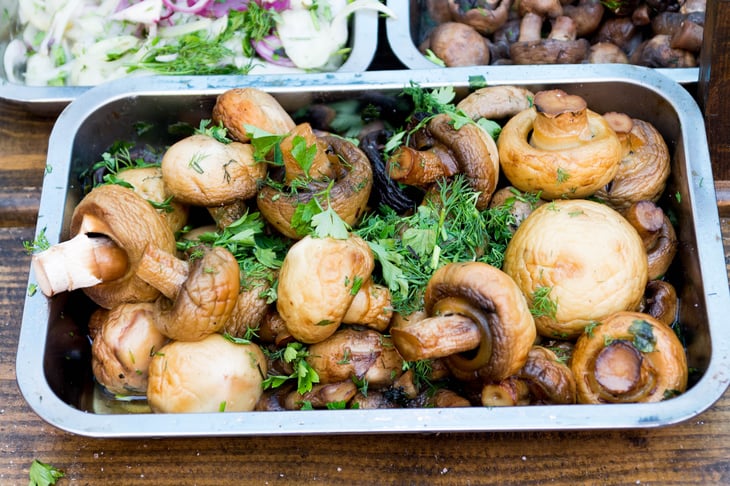
Various types of mushrooms – especially those exposed to ultraviolet light – deliver megadoses of vitamin D, reports the U.S. Department of Agriculture. For example, 1 cup of brown, Italian or crimini mushrooms has up to 1,110 IU. Portobellos contain close to 1,000 IU.
7. Think kid stuff
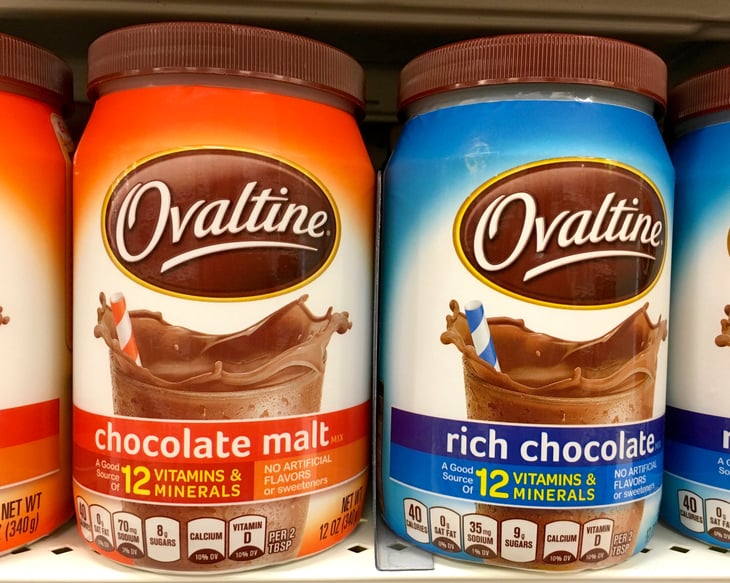
Remember the old commercials urging kids to drink their Ovaltine? (There’s a spoof of it in the classic 1983 holiday movie “A Christmas Story.”) Well, it turns out that’s not bad advice. One cup of Ovaltine powder (about four 4-tablespoon servings) has 284 IU, an amount comparable with one ready-to-drink bottle of Nestle Boost Plus, which has 218 IU, according to the USDA.
8. Serve some ham

Non-fish lovers may enjoy a slice of extra lean canned cured ham (140 grams or 1 cup by volume). That amount has about 130 IU of vitamin D, according to the USDA.
9. Dish out yogurt
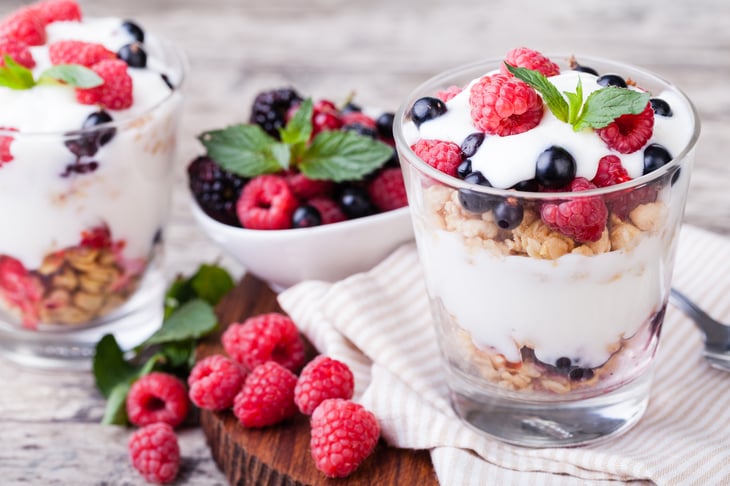
A container of Silk plain soy yogurt has 120 IU of vitamin D, reports the USDA. (Many of the other ordinary yogurts contained 80-85 IU of vitamin D per container, while the Greek varieties hovered closer to 50. Be sure to check the label to be sure of what you’re getting.)
10. Grab some turkey or pork sausage

Include links or patties with your breakfast. A serving of about 1 cup of these sausages delivers 103 IU, reports the USDA.
11. Get a little sun

The days of sunbathing without sunscreen passed years ago due revelations about the skin cancer risk. You don’t need to go overboard — 20 to 25 minutes of daily sun exposure can prompt your body to manufacture more vitamin D, according to Stephen Honig, director of the Osteoporosis Center at NYU Langone Hospital for Joint Diseases, speaking to Shape magazine. It’s important to go out into the sun, not catch rays through a window. To trigger maximum vitamin D production, expose as much skin as safely possible to receive the maximum benefit, taking into consideration your skin tone, the time of day and the intensity of the sun where you live. Check out the website of the California-based nonprofit Vitamin D Council for more information.
Are you aware of your vitamin D intake and needs? Share with us in comments or on our Facebook page.




Add a Comment
Our Policy: We welcome relevant and respectful comments in order to foster healthy and informative discussions. All other comments may be removed. Comments with links are automatically held for moderation.